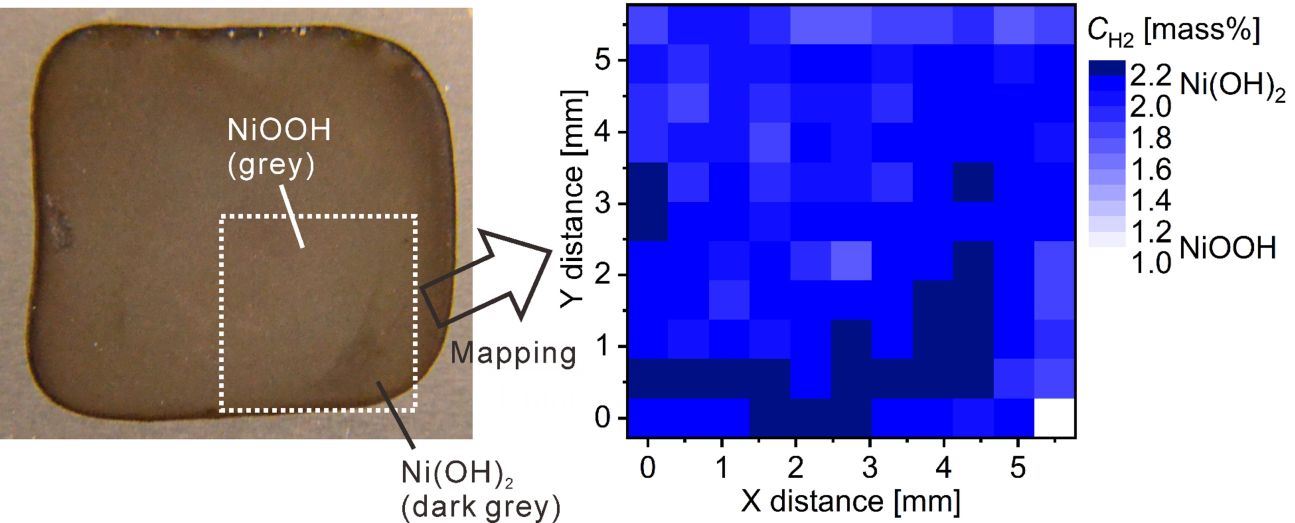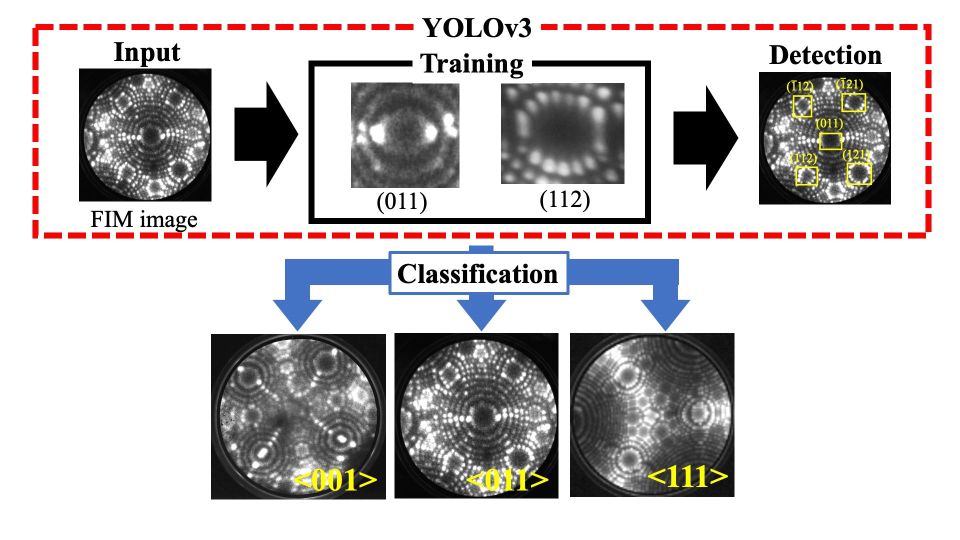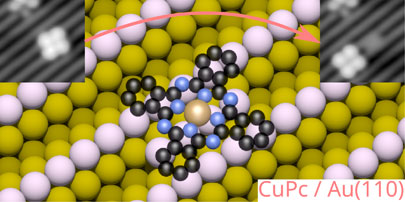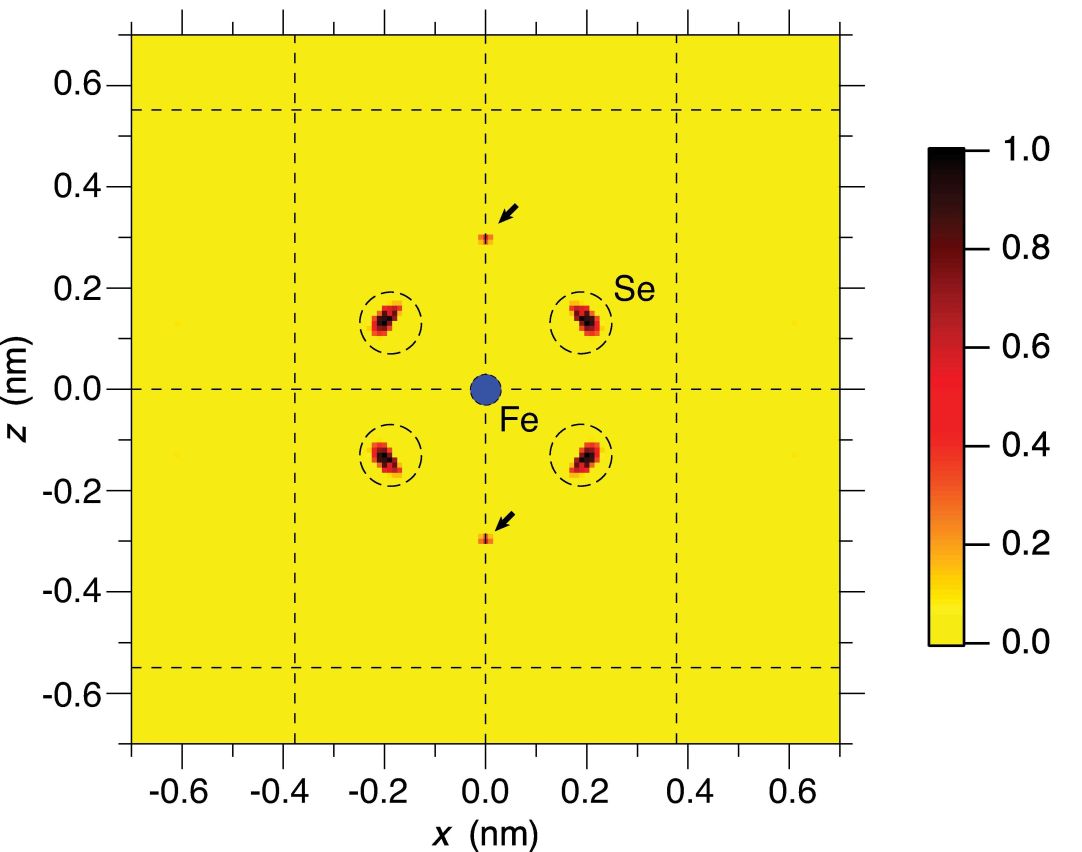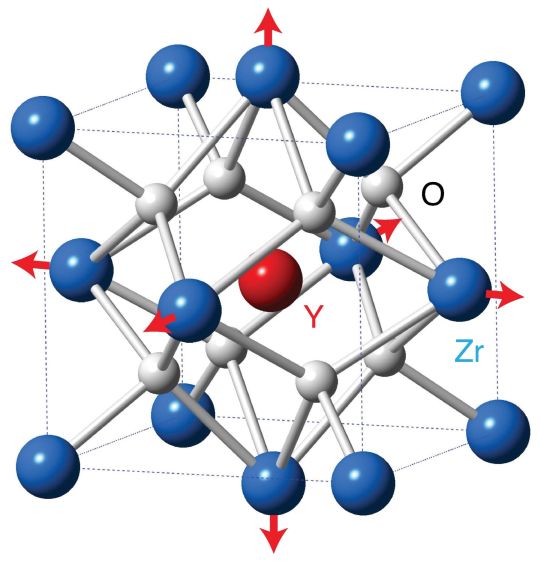20 巻, 1 号
選択された号の論文の11件中1~11を表示しています
- |<
- <
- 1
- >
- >|
Regular Papers
-
原稿種別: Regular Paper
専門分野: Catalysis
2022 年 20 巻 1 号 p. 1-6
発行日: 2022/02/05
公開日: 2022/03/24
[早期公開] 公開日: 2022/02/05PDF形式でダウンロード (1504K) -
原稿種別: Regular Paper
専門分野: Instrumentations and Techniques
2022 年 20 巻 1 号 p. 7-12
発行日: 2022/02/17
公開日: 2022/03/25
[早期公開] 公開日: 2022/02/17PDF形式でダウンロード (1847K) -
原稿種別: Regular Paper
専門分野: Interdisciplinary
2022 年 20 巻 1 号 p. 13-19
発行日: 2022/03/03
公開日: 2022/03/25
[早期公開] 公開日: 2022/03/03PDF形式でダウンロード (1862K) -
原稿種別: Regular Paper
専門分野: Nano-Science and -Technology
2022 年 20 巻 1 号 p. 20-24
発行日: 2022/03/03
公開日: 2022/03/25
[早期公開] 公開日: 2022/03/03PDF形式でダウンロード (1131K) -
原稿種別: Regular Paper
専門分野: Structure
2022 年 20 巻 1 号 p. 25-30
発行日: 2022/03/17
公開日: 2022/03/25
[早期公開] 公開日: 2022/03/17PDF形式でダウンロード (3307K)
Technical Note
-
原稿種別: Technical Note
専門分野: Instrumentations and Techniques
2022 年 20 巻 1 号 p. 31-35
発行日: 2022/02/05
公開日: 2022/03/25
[早期公開] 公開日: 2022/02/05PDF形式でダウンロード (1465K)
Conference—ALC '21—
-
原稿種別: Proceeding Paper
専門分野: Preface
2022 年 20 巻 1 号 p. A2-A3
発行日: 2022/10/08
公開日: 2022/10/13
[早期公開] 公開日: 2022/10/08PDF形式でダウンロード (367K) -
原稿種別: Proceeding Paper
専門分野: Structure
2022 年 20 巻 1 号 p. 36-41
発行日: 2022/01/29
公開日: 2022/03/25
[早期公開] 公開日: 2022/01/29PDF形式でダウンロード (1551K) -
原稿種別: Proceeding Paper
専門分野: Nano-Materials
2022 年 20 巻 1 号 p. 42-50
発行日: 2022/02/10
公開日: 2022/03/25
[早期公開] 公開日: 2022/02/10PDF形式でダウンロード (2608K) -
原稿種別: Proceeding Paper
専門分野: Structure
2022 年 20 巻 1 号 p. 51-57
発行日: 2022/02/17
公開日: 2022/03/25
[早期公開] 公開日: 2022/02/17PDF形式でダウンロード (2913K)
Erratum
-
原稿種別: Erratum
専門分野: Structure
2022 年 20 巻 1 号 p. 58
発行日: 2022/02/10
公開日: 2022/03/25
[早期公開] 公開日: 2022/02/10PDF形式でダウンロード (314K)
- |<
- <
- 1
- >
- >|


